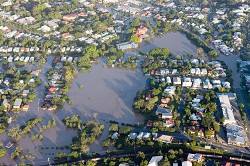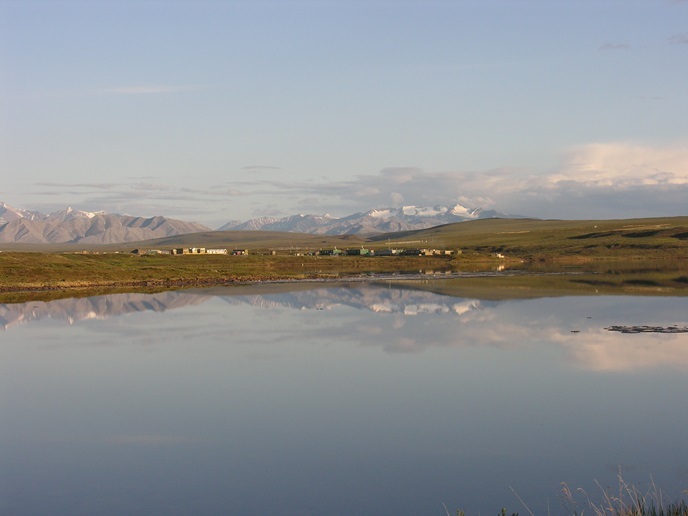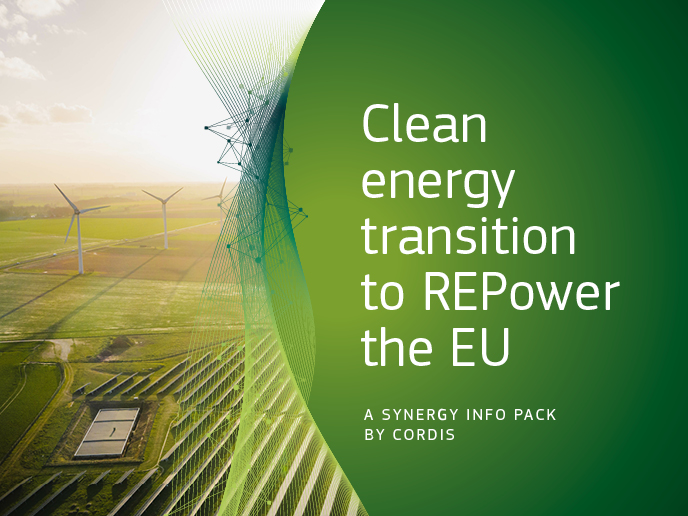Improving seasonal-to-decadal climate forecasting
Despite a recent call by the World Meteorological Organisation (WMO) for more robust climate information to be used in economic, industrial and political planning, Europe lags behind in terms seasonal-to-decadal (s2d) climate forecasting. According to SPECS project coordinator Francisco Doblas-Reyes, the lack of s2d climate prediction capability found in many of today’s research projects, along with the fact that many climate services focus only on long-term climate change problems, makes the business of climate prediction an unknown player within the European context. ‘Traditionally, seasonal-to-decadal climate prediction had limited forecasting quality, especially in Europe for shorter time scales,’ says Doblas-Reyes. ‘Furthermore, progress in seasonal forecasting has been slow, mainly because new tools and model components for addressing the role of sea ice, land surface, stratosphere and ocean did not make their way into the systems providing real-time information. Yet it was also obvious that these systems could greatly benefit from untapped climate predictability.’ To fill this gap, the SPECS project set out to identify the main challenges in s2d prediction and to introduce a range of seamless solutions, both in terms of timescale and for facilitating communication between the producers of climate predictions and the users. Forecasting for tomorrow The project’s key objective was twofold. First, it wanted to develop a new generation of European climate forecasting systems that made use of the latest scientific progress in climate modelling and operational weather forecasting. Second, it aimed to develop efficient local and regional forecast methods capable of producing skilful and reliable predictions over land areas at both the local and large scales. Once this information was available, the project then sought to illustrate how this improved, high-resolution climate prediction information could be used, especially in terms of integrating it with other services focused on the overarching challenge of addressing global climate variability and change. To achieve these goals, the project undertook a number of specific, innovative experiments in global forecasting, the data of which has been made publicly available. ‘On the one hand, these experiments delivered a better understanding of the role of the natural modes of variability, the initial state and the description of the crucial processes for climate prediction,’ says Doblas-Reyes. ‘On the other hand, they also tested radical changes to forecast systems in terms of variable radiative forcing, improved and more realistic processes, and an increase in spatial resolution in global forecast systems.’ The glue that binds The SPECS project’s extensive research resulted in several important developments. For example, by better initialising different components, researchers found that forecast quality over land can be improved to the level of satisfying the requirements of a number of socioeconomic applications. Also, increased spatial resolution of forecasts – including the role of interactive vegetation, snow and sea ice, atmospheric composition and volcanic ash – provided much better information of short-term extreme climate events. The project also addressed fundamental challenges in climate prediction, such as reducing the impact of initial shock, systematic error and drift – all of which are critical aspects for improving forecast systems. Furthermore, the project successfully improved s2d climate information to a wider audience. In this sense, one could say that SPECS is the glue to bind together many different initiatives, including research that doesn’t address the climate prediction problem, climate service operators with few resources, and a unique set of stakeholders and international institutions working in the field of climate forecasting. ‘SPECS has answered the call for a coordinated European response to the need for global seasonal-to-decadal climate forecasting,’ concludes Doblas-Reyes. ‘As a result, government planning, society and European businesses now stand to benefit from having access to improved, reliable and better communicated s2d climate information.’







